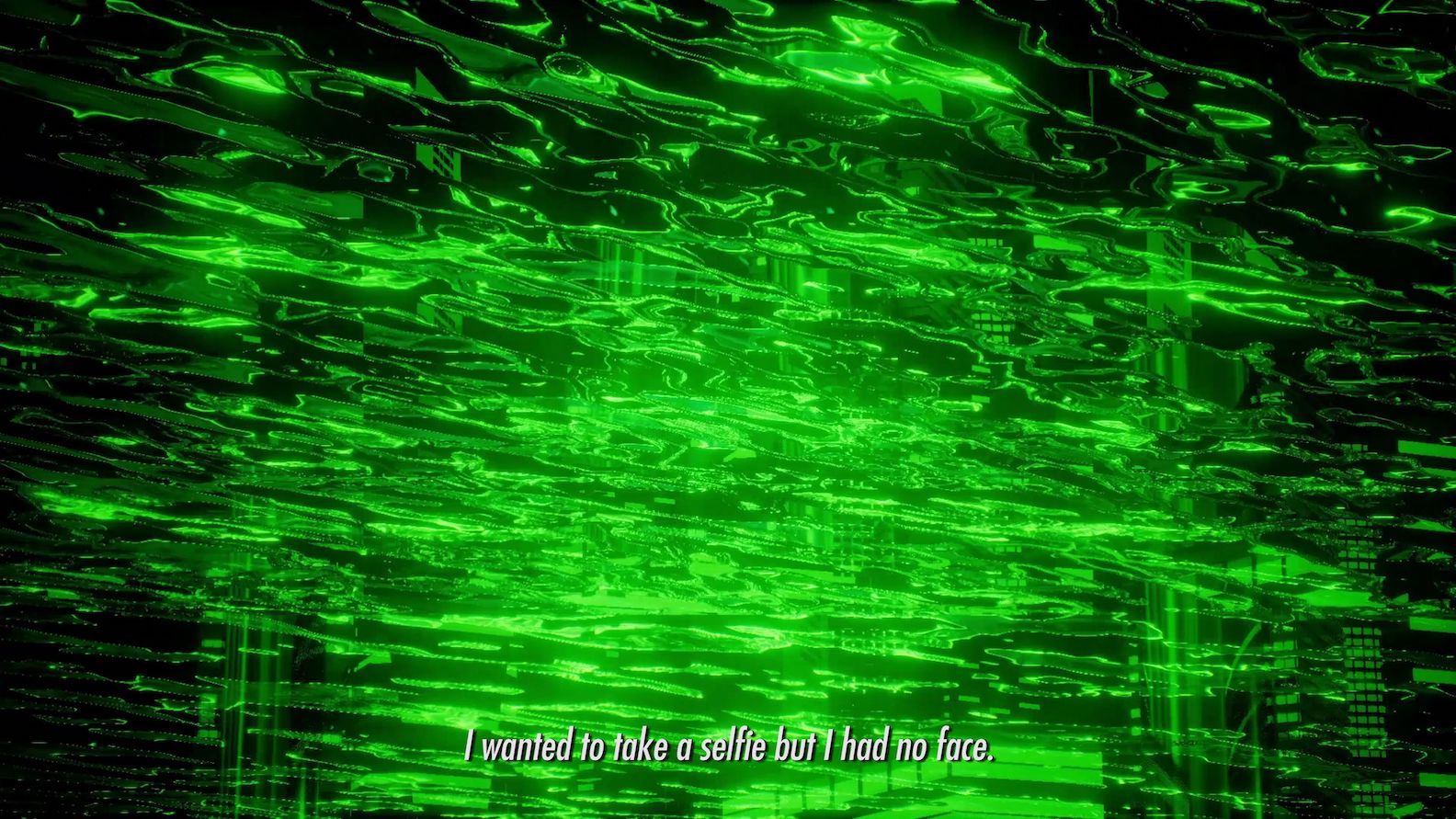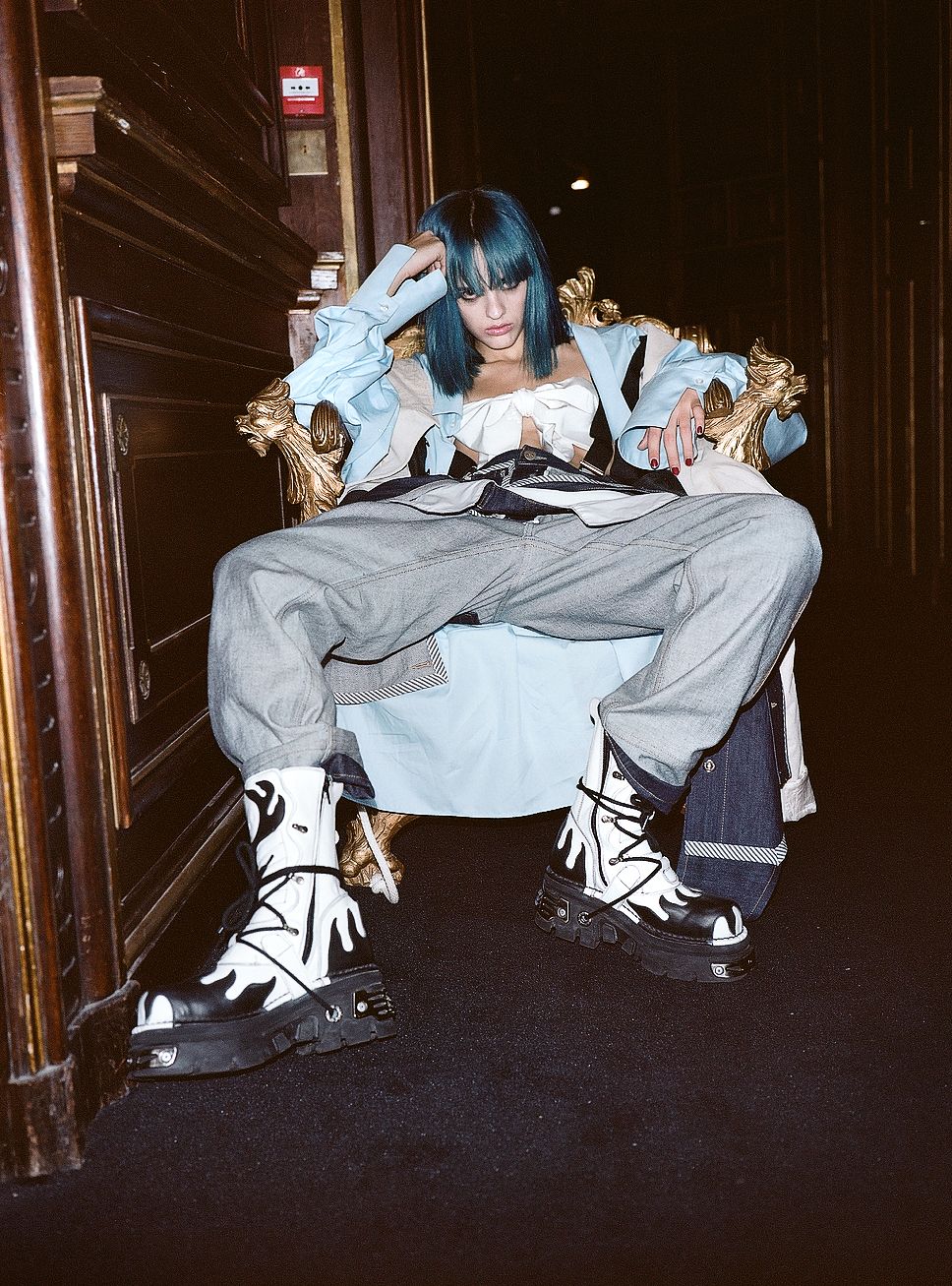CREATIVITY IN THE CONVERGENCE AGE
|JOACHIM BESSING
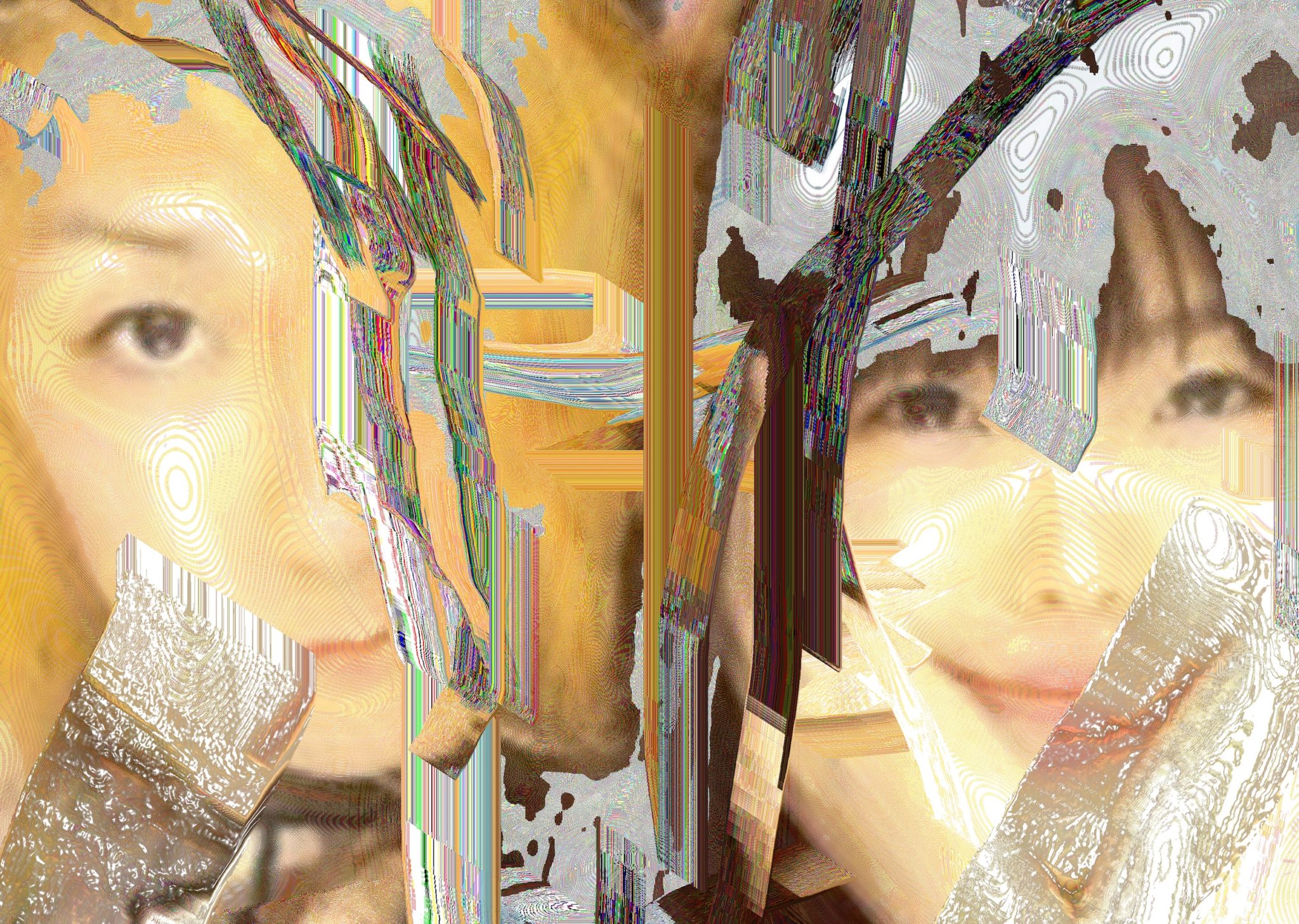
The contemporary economy demands CREATIVITY from all of its citizens. But as art and entrepreneurship continue to coagulate into a single INDUSTRY, it has become increasingly unclear exactly what creativity is.
The figure of the manager used to be the antithesis to that of the artist. Where managers were thought of as champions of efficient delegation, the artist was expected to be unpredictable, bohemian, and divinely inspired. It now seems that success in the convergence age requires a counterintuitive role play between both positions. As artists struggle to meet demands resembling those placed on global companies, said companies are confronted with the pitfalls of their archaic organizational models. The answer to this crisis is much more complicated than studios that look like factories and offices that resemble garages.
Writer Joachim Bessing spoke with management consultant LARS VOLLMER and art historian WOLFGANG ULLRICH, who shared business advice for the creative class and creative advice for the business class.

Lars Vollmer Heralds Crumbling Corporate Structures
LARS VOLLMER is a German business consultant and author. His work deals with the digital age’s changing demands on businesses and their employees, as well as the inability of rigid organizational patterns to accommodate both simultaneously. His most recent publication Zurück an die Arbeit! [“Back To Work”] analyzes the catalyzing function of outdated organization models. In this catastrophic state of contemporary business, workers spend more time attending meetings and writing memos than working on projects. Vollmer links this lack of efficiency, wrapped up in vapid performative bustling, to a lack of flexibility and points at the paradigms that need to shift to make work about production again.
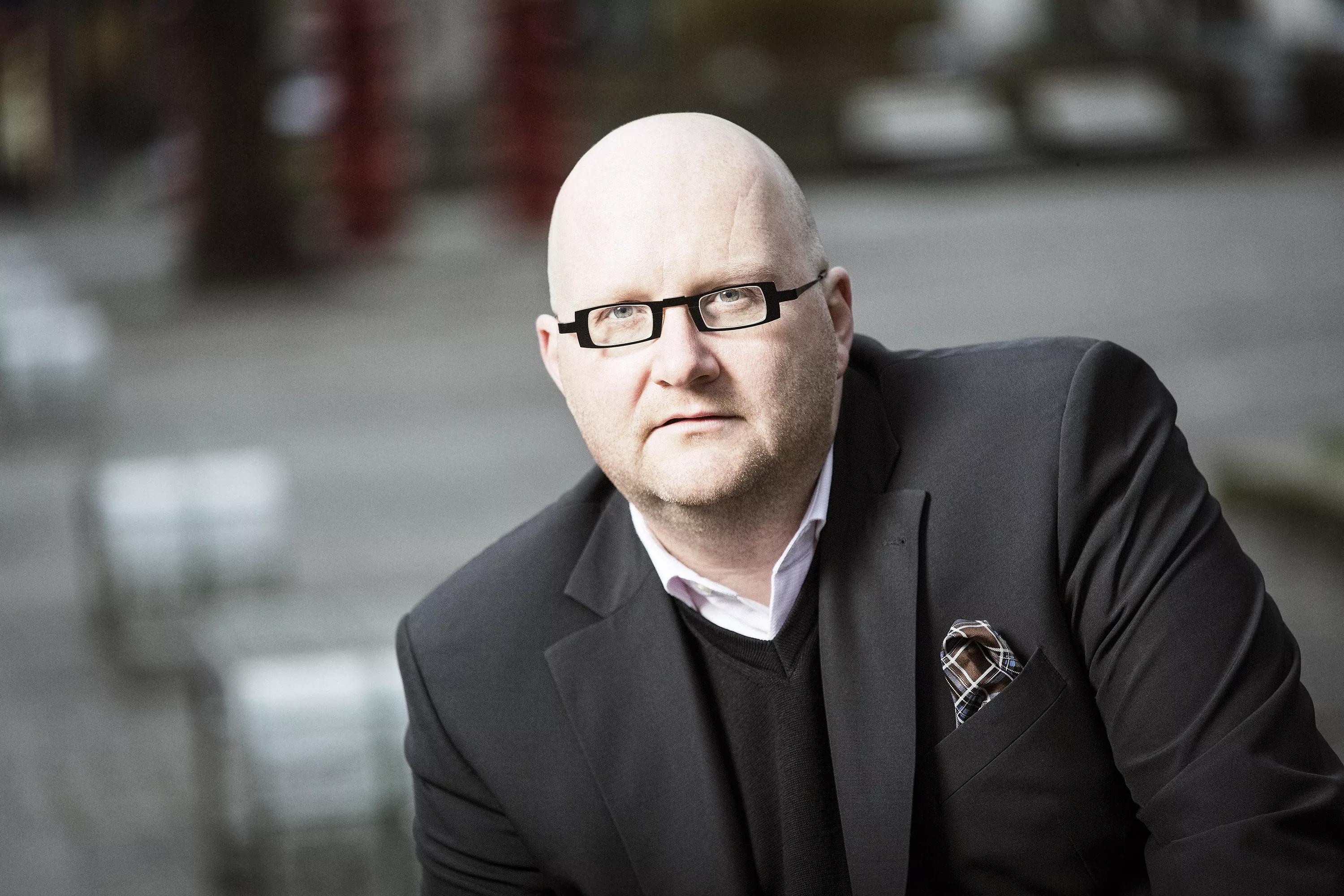
BESSING: In your writing, you argue that workers today perform a highly unproductive script that has hardly anything to do with work. Was there a certain point in time at which this theater of ineffectivity began?
VOLLMER: Qualitatively, this point in time can be found 30 years ago, when business life started becoming more dynamic. There were more surprises, and companies could not ignore them. At this early stage, the theater began anytime the company was organized after the Tayloristic model, which was common then and for the most part still is now. This model of organization functions brilliantly in an environment with no surprises.
So the problem lies in life not going according to plan?
It lies in a combination. A Tayloristic organization with a rigid formal structure encountering an environment with a changing market, which it does not suit. This encounter is not a thrilling rendezvous. It is not a blind date, but the beginning of a horror story.
What makes this horrific?
The creation of value cannot be organized within the formal structure. A Tayloristic structure lives off its ability to translate problems created by customers’ demands into internal references – processes, rules, methods. This way, employees do not have to attend to the customer’s wish directly, but can simply execute internal processes with discipline and diligence. Unfortunately, this system does not work as well anymore, and often times it does not work at all. With customers’ wishes changing frequently and in surprising ways – with competitors sporadically rolling out new ideas that one must counter, and with small surprises coming up in minor conferences – internal references suddenly do not match external ones. That leaves you with two options: You either have to translate constantly – which dramatically overburdens executives – or have employees opt for the internal reference against the customer’s demand, or vice versa. Either creates tension. Employees are trapped in this schizophrenic situation. It makes the people in these companies sick. Besides, it is uneconomical.
A lot is cemented in rituals: meetings, presentations, or FYIs with the whole staff cc’d. Administration keeps employees in suspense, and the results are dubious in comparison to the expended effort.
These rituals do have a purpose, but this purpose is not the benefit of the customer. It is the manifestation of the formal structure in a Tayloristic organization. You cc employees for a specific reason: to define top and bottom. The procedures of meetings – who welcomes, who adjourns them – have formal reasons. They have social objectives. They are less and less about economics. That is why these rituals are experienced as being so tiring. In actuality, everyone just wants to work. But Tayloristic structures increasingly get in the way.
Whatever happened to the concepts of hyper-flexibility introduced to big companies about seven, eight years ago?
Technically, everything is possible. Today’s buzzwords are “New Work” and “Industry 4.0.” But company structures have not changed.
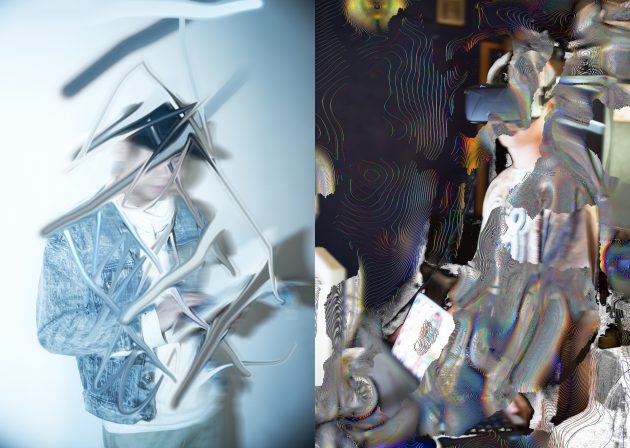
Why? Steady jobs and fixed working hours are also expensive.
As long as companies make decisions in meetings in-house, you basically punish employees with their absence. It automatically drives them back in from their home offices. Current working structures are based on functional task division. This requires an insane amount of meetings, and even more so when dynamics come into play. Personal presence is necessary. This problem could be solved structurally. But very few companies are up for it.
So those who hold onto an outdated concept to preserve a certain work process have to stage this play that negatively impacts the work process.
This spiral is hard to exit. Making meetings more enjoyable with cute cards or funny rules at best lifts spirits. That only worsens things. We are talking about a social problem. It needs to be resolved structurally.
Office furniture designers and architects go on excursions to Silicon Valley to study new labor conditions. They notice lounge areas, foosball tables, longboards, and graffiti on the walls. Does that stuff work?
Typically, a startup devotes its first years to the development of strategies that solve customer issues. Because of that, they forego Tayloristic structures and develop as a reflection of their customers’ demands. What is sad about these excursions to Silicon Valley is that their participants can only witness the outside of this working environment: how the workplaces look, the furnishing of the lounge area, beanbag chairs, and free snacks. And maybe the vibe that the employees give off. What these organizations refrain from stays hidden. Above all, they work without the things you call “rituals.” I call them “management bullshit practices.” I recently visited a German DAX company. They are setting up their innovation center in a garage. Since, as they learned from Silicon Valley, the most innovative ideas originate from garages.
That is a cargo cult!
Exactly.
Do paralyzing theater structures spread to the company’s freelancers too, or do freelancers classify as customers?
A lot of freelancers stay freelance for legal reasons only. Their gigs have become covert permanent positions. So from an economic perspective, most freelancers classify as part of the organization. They are immediately sucked into its structures. They get infected with the disease of the company that they freelance for.
What is the self-diagnosis of company executives?
Most justify their fixation on Tayloristic structures with the sheer size of their company. “We have to professionalize,” they say. By which they mean establishing a structure based on a 100-year-old concept. Germans also often say, “I cannot find the right people.” Google can. But unfortunately, we cannot. This is emblematic of an antiquated vision of people – of the ideal employee – that almost automatically results in inefficient structures.
However, your theory is that good people are hindered by the structure.
Exactly. You can observe them struggling with a bad structure, and yet companies blame the people. Or executives. This is the reason companies set up gigantic development programs for managers. They are looking for a mix between Mother Theresa and Richard Branson.
Another cargo cult!
They are looking for problems with individuals. But the problem is the structure.
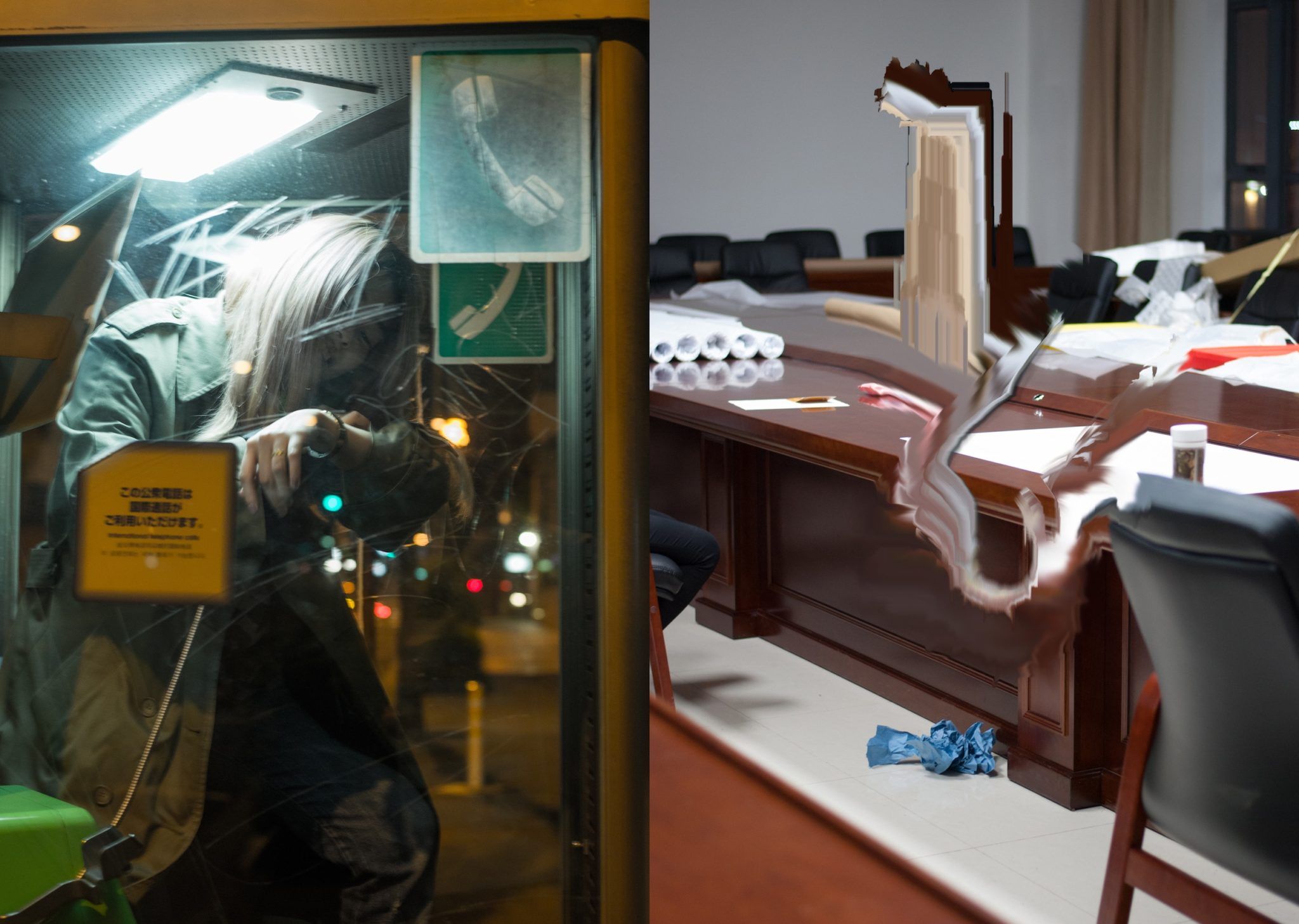
Are employees asked to be increasingly creative in dealing with this structure, in order to function well inside of it?
The market definitely demands more ideas. I would not call it creativity, but they lie close to one another. At the same time though, companies expect stricter adherence to their processes. Verbally, on the meetings’ soundtrack it says, “We need more creativity.” But the target figures have to be met. The demands on the person contradict the demands of the structure. Their clash is inevitable!
As Rousseau said: “Man is born free and everywhere he is in chains.” What measures do you propose to make work processes more effective?
We need a culture of individual organization. This organization needs to be able to adapt to any temporary contracting authority. So a company no longer presents one form of organization, but ideally unites hundreds of them within itself, each of which serves the customer’s demands as well as they suit the company’s employees. This is enabled by abandoning archaic management practices. And people need to remember what the foundation of their company is – collaboration. That automatically leads to the question of how we allow for better collaborative processes, surpassing our silo attitude. We need to move past Tayloristic concepts of a standardized workflow in a standardized system.
But that, I imagine, is a huge step. It means bidding farewell to the sense of home offered by these old structures, or at least to the habits and rituals that give a feeling of security. How do we enact a massive move of this kind and execute it?
I don’t get into this in my book, but corporate consulting has developed methods that use the old structure while experimentally establishing new organizational forms. Companies try them out, like in a laboratory, but with real problems that occur in interactions with customers. It allows them to transform organizations of thousands of employees step by step. They let an old structure outsmart itself. The company, like an organism, heals itself from within.

Wolfgang Ullrich’s Advice for “Creatives” (i.e. Everyone)
WOLFGANG ULLRICH is a German art historian and cultural theorist. His work is concerned with the history, development, and critique of our concept of art, in addition to theories of consumption and socio-iconography. His most recent publication Der kreative Mensch examines how Western society’s concept of creativity has evolved from a heavenly gift to a universally expected ability. Ullrich paints a picture of a population burdened by an intensifying imperative to be imaginative.

BESSING: What did creativity mean in bygone times?
ULLRICH: The word as such did not exist. But the notion of it was a privilege reserved for few people. Being creative used to be synonymous with “being a genius.” Originally, creativity was reserved exclusively for God, and the right to it was extended only to people who were endowed with a kind of divine ingenuity. Thus, the pressure to develop creative abilities did not exist for everyone. This is true for societies from ancient times until well up into the 19th century. Then, the concept of creativity was expanded – democratized in principle. But this new notion of creativity only became prevalent in the last four or five decades – the version where every single person can be creative. In German-speaking countries at least, Joseph Beuys contributed to this massively. And so the understanding of creativity remained closely to that of art. Now, had a philosopher or scientist advocated a democratization of the concept of creativity with this intensity, our contemporary idea of it would be of a different character.
In our use of the word, creativity has also become a euphemism for fiddling. There is an imperative to approach certain predicaments creatively, too. For example, poverty.
These are older concepts that are unrelated to the creativity boom. To be able to make ends meet with little money is a continuation of the myth of the bohemian, who elevates his struggle to an art form. It glorifies solidarity as a value. And the so-called art of improvisation.
People who use smartphones think of themselves as creative. Apple has launched a worldwide prize competition for the most beautiful iPhone photograph. Their current billboard campaign similarly does not advertise telephony, but the phone’s built-in camera.
When this dogma of creativity asserted itself, the smartphone had not yet been invented. Back then, it was still concerned with traditional forms of creative drive, mostly that of expression. Originally, creativity meant the expressive – to let one’s hair down, paint some watercolors, maybe do handicrafts. With the smartphone, we have entered phase two, which includes milieus of society that previously were not urged to be creative. Now they photograph, craft snaps, work on their posts. But I am not sure if they are inclined to call this creative. Something that has gained much more importance since this first period of expressivity is that now you have to always factor in a kind of feedback. Attention. You count your followers, likes and comments, retweets and shares. Its focus is less on personal matters than it was in phase one. This is a logic difference from that of the 1970s or 80s, which saw the concept of creativity closely connected to self-discovery. An Instagram account does not stimulate self-discovery. But what these apps offer is a technology that flatters everyone. The software is flattering. It expresses a contemporary style. Just like there used to be art historical styles, now we have styles within photo apps. Surely, in 100 years people will create different images altogether and be amused by those of our time.

Smartphones have revived the collage, too. Photographs are adorned with stickers.
Collages are only the beginning. We will quite certainly see a complete merging of graphic and photographic visual languages. The difference between a photograph of a documentary nature and an illustrated graphic will be nullified. There will only be images.
What is the art historical purpose of these images?
Sometimes they still are snapshots and souvenirs. But increasingly, they are acts of communication. In terms of the function of the image, we live in tumultuous times. In the history of humankind, it has never before been possible to instantly communicate through images. Back in the day, you could maybe produce a drawing and mail it to someone. But the possibility of capturing a grimace in a snapshot, sending it to someone, and having its recipient know how I feel right now in an instant? That is completely new. And we are just at the very beginning of the developments in communication brought about by this new use of images. The selfie might be the first type of image that we will later recognize as part of a certain class of images that resulted from the possibility of live communication. From an art historical perspective, nothing could be further from the truth than trying to align the selfie with the classic self portrait.
These images are also extensions of emotional communication. For example, talking on the phone and having phone sex kept romantic partners in long-distance relationships connected when they were apart. Now, you can communicate around the clock in a variety of ways. This creates a nearly complete picture of a person, fragmented and transmitted through images and messages of diverse styles.
Everything has become sendable. And old channels are still active, too. Some couples in long-distance relationships find it especially romantic to write one another postcards. Or letters in pen on fine paper. There are many more nuanced ways to execute your romantic communication. Or to ritualize certain modes of communication. In principle, it is great to see our options expanding. The great thing about media is that it transmits information in an indirect, fragmented way and thereby opens up this new wiggle room in which we can behave completely differently. After all, reproductions opened a new realm of fictionality. How we perceive each other over Twitter is fictional. And the world of images we are talking about is artificial to the nth degree. This whole image world we are talking about is very artificial, highly aestheticized, highly indirect, because it is transferred. Reproductions, in our time, play a bigger role than ever before. Today, I think hard about whether I want to travel somewhere to go see an exhibition in the flesh. The museum’s website already gives me access to great images of it, and then there are those thousands of photos of the exhibition others have posted on Instagram, Tumblr, or Pinterest. Sometimes I am just not sure if I could gain any more insight by actually driving there.
Press work at galleries and museums has become very feed-friendly.
Often, a detail pleasantly surprises you in person – a display, or a description on the signage that differs from what you expected from online postings. Or the curatorial concept presents itself in a way that was not directly communicated previously. But a lot of the time it is futile. I don’t think I’m the only person spending most of the time I have in a new place focused on my screen. I get more out of that than I would out of a two-hour long walk through a strange city.
You have to document your being-somewhere-else, too.
Or you believe you already know this place well. In that case, you find a nice spot and sit there doing what you would normally do. That expresses a certain sovereignty. Maybe at some point it turns into absurdity. Why travel then? But in principle, I find the non-traveling aspects of traveling interesting. You can bring your bubble anywhere.
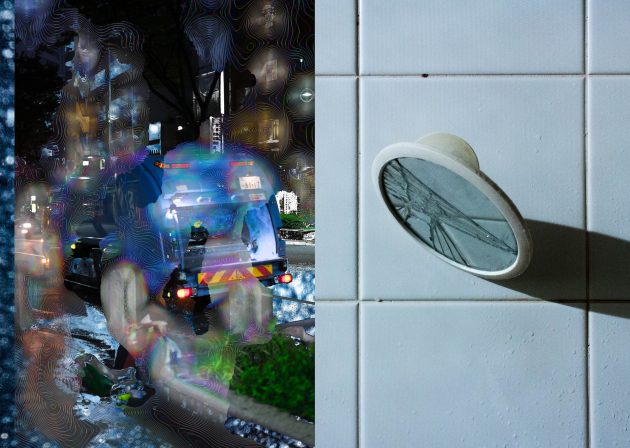
In comics you have these thought bubbles connecting the duck’s head to a cloud. This preempted our contemporary lifestyles.
Just that the bubble envelops us instead of popping out of our heads.
A few years before his death, Malcolm McLaren told me: “Gallery openings are the nightclubs of the 21st century.” How did that happen?
The function of art galleries has changed dramatically. If you look at event calendars from 1920s Berlin, you’ll find that the only way to see contemporary art was by visiting local galleries. The galleries were aware of their singular function and already showed solo exhibitions and retrospectives. The galleries back then were comparable to today’s Kunstvereine. They were not bombastic in style like today’s galleries, did not publish heavy catalogues, had no accompanying program, but you could go see 40 Lovis Corinth paintings at once. That was very special. Museums have since relieved galleries from this retrospective work. At the same time, they have changed their role in the art world. The gallery has become a social place. The attraction is less the exhibition, and more its opening. People come together on this occasion. You can experience way more than just art in the context of an opening. That old resentment that openings are for posers who drink champagne and have no clue about art is thankfully dying out. Most artist novels today appreciate the gallerist and their opening. Their skill is finally acknowledged and appreciated as such: being able to make an opening a good party, creating a good club atmosphere. I think a lot of galleries now only have an audience during the openings. A lot of them wouldn’t even have regular hours anymore if those weren’t required to partake in fairs like Art Basel. You need to provide them proof of a physical location in the form of a postal address, too. This represents an outdated idea of a gallery, that it has to play a role in the cultural life of its geographic location. It implies a kind of educational mandate. Once that ceases to be significant to the application process, galleries will take on the concept of pop-up stores.
In your book Raffinierte Kunst [“Cunning Art”], you write that half of today’s sales happen based on jpegs. That means that collectors increasingly buy art they have never seen in the flesh. Just the jpeg, a reproduction.
This means art has to be created to work in the form of a jpeg. The high resolution of the digital creates an eroticism of cleanliness. It’s why Jeff Koons is so successful. His work perfectly accommodates this display-eroticism.
It’s a bummer that artists mostly talk about real estate prices, vacation destinations, and their diets. Aesthetic debates don’t go down – at least not in my presence. But who do artists talk to about their problems? Their gallerists? The people in their studio?
If they’re successful artists with employees, that is possible. But I would guess that only a few actually talk to their employees about their art.
Olafur Eliasson probably does.
Olafur Eliasson at times hires people not knowing how they could be of use to him, just to see what kind of ideas they could feed into the production process. That is a unique model, which only exists at Olafur Eliasson’s studio in this form. He tries to unite different types of creatives and functions as a kind of umbrella brand in the creation of something marketable.
Is this a new type of artist?
In fine arts, yes. Cranach was organized more like Jeff Koons. A factory. Predecessors of Eliasson’s model can at best be found in courtly culture, when princes had a staff of various experts – scientists, artists, technicians. They were collectively responsible for the development of sick festivities, with fountains, lights, reworks, food, and music. Rudolf II of Austria, for example. Upon closer inspection of the set of people he recruited, and what they created together, one might come to the conclusion that Olafur Eliasson is a successor of Rudolf II.
These are entrepreneurial strategies. The artworks seem like shares that are distributed very selectively.
Sometimes not so selectively! There is no shortage of Gerhard Richter shares. There is of course is no shortage of Hirst or Murakami. They all produce like there is no tomorrow. They diversify, too. The most simple and successful concept is one like Damien Hirst’s: You can buy a painting of two, 20, or 2,000 dots, depending on how many you can afford at the moment. That way the smallest collector feels like he owns the same as the biggest collector. What’s the difference between two and 2,000 dots? A trophy comparable to the role the royal stag used to play among hunters. I find it interesting. Strategies seep deep into the work. These are decisions made by artists more than gallerists.

Then where does this seemingly antiquated yearn for the original come from now?
Almost all works of contemporary art that reached record prices at auctions were editions, not unique works. Jeff Koons’s works are editions of three, five, or seven. Andreas Gursky and Murakami’s works are editions. I actually think it is not about them being original, but exclusive. Then it becomes more about being part of a select group of people who own this work, rather than being the only one. You imagine yourself as part of this exciting network of co-owners. And that’s the privilege.
Back in the 80s, the image of the artist was still that of an enigmatic, slightly neurotic personality who relies on certain conditions in order to ignite a spark of genius and create new work in their little studio. Now, we’re dealing with entrepreneurial strategies.
Damien Hirst has kept aspects of this awkward type who is unpresentable, struggling with drugs and alcohol. Eliasson would not do that. He has a flawless biography. Olafur Eliasson could get any job in the world with his perfect CV. On the other end of the spectrum, you have people like Tino Sehgal. In a way, he embodies a reaction to the fetishization of art objects as commodities. He is one of few artists whose work cannot be marketed through a smartphone screen – because you’re not even allowed to document it! As far as I’ve gotten to know the younger generation, they are pretty pragmatic and sober. Good agents of protestant ethics. Their life is well organized. The same goes for their work process and post-production. Self-conceptually, they resemble successful architects, fashion designers, or directors, who have always been used to working in teams, delegating, being a boss, and being skilled socially. Artists have definitely assimilated to these other creative professions.
I find this mingling of art and fashion to be the most interesting. The art world has become very fashion-philic. Fashion plays an enormous role. Fashion houses are very interested in artists.
But that boom happened eight or ten years ago. The hype around these collaborations has mellowed out by now. Maybe because the phenotype of the artist has moved so close to that of a fashion designer. Their world is no longer exciting. Why would a fashion house want to collaborate with Olafur Eliasson anymore? I would rather try to find an artist who is somewhat bohemian, and who brings with them an underground element that expands and nuances my image.
Today, everybody can share whatever they want about themselves. one’s personal life turns into an artwork. But having just 30 collectors is already quite a lot for an artist.
I think so, too. When you get to know an artist better, a lot of them are happy to share the exact number of their collectors. A lot of them are proud if they have three or four who buy a work once a year. Under certain conditions, that can be enough to – almost – make a living. But I am not sure if that will be considered art in the future. I get the feeling that it won’t be necessary. When Joseph Beuys said that everybody is an artist, he also said that to flatter people. It was about motivation. I think art has lost that nimbus. You have to motivate people to post on Instagram.
Credits
- Interview: JOACHIM BESSING
- Images: KENTA COBAYASHI

